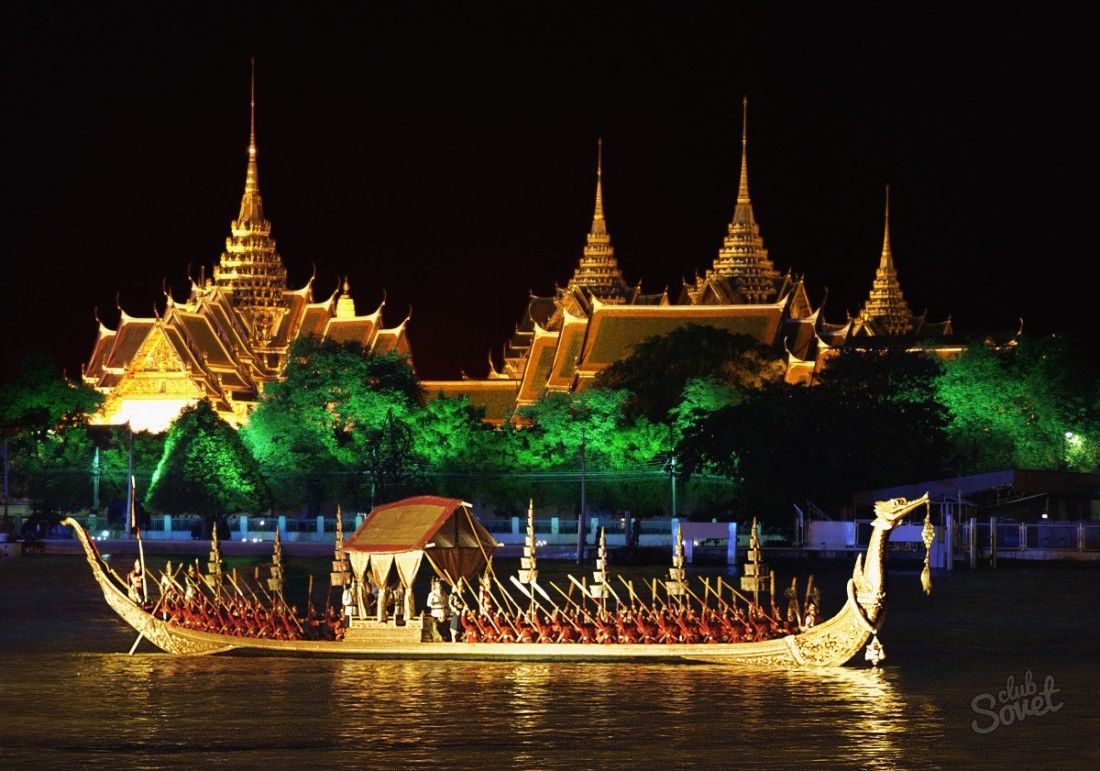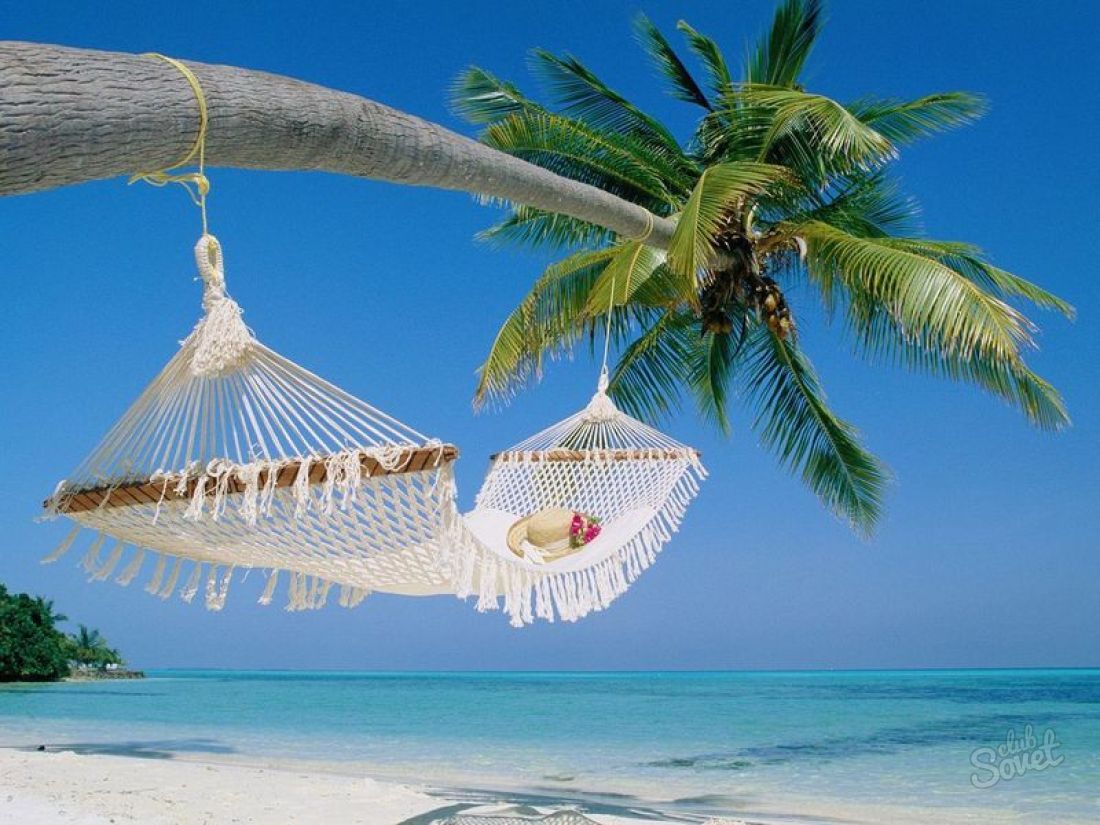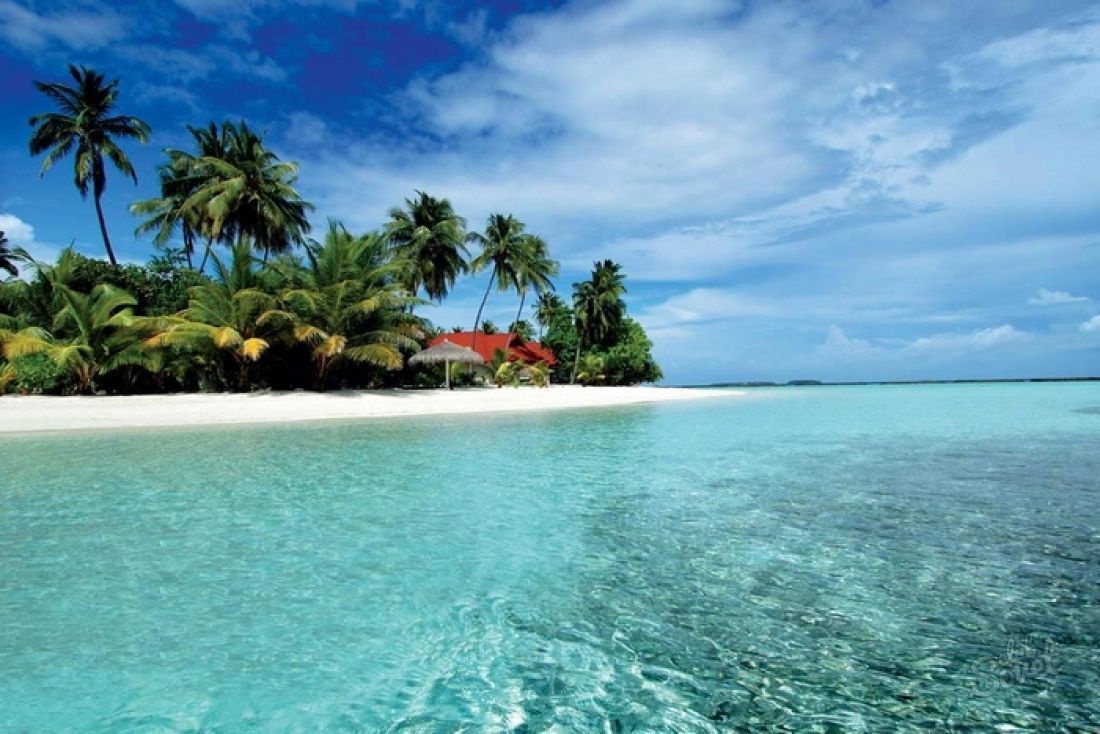Content
- Travel to Thailand
- 1 Climate
- 2 Traditions and Etiquette
- 3 sights
- 4 Souvenirs
- 5 Cuisine and restaurants
- 6 Ways to save
- 7 Safety

Travel to Thailand
Thailand is the kingdom of Southeast Asia. The geographical position belongs to the north of Malacca and the southwest of Indochina. It shares the border with Laos and Cambodia in the east, with Myanmar in the west, with Malaysia in the south. 75 years ago, the country was called Siam. Dramatic changes came after absolute independence from European countries.
1
Climate
In Thailand, the tropical monsoon and savanna climate dominates. The central part of the kingdom is conditionally divided into 3 seasons: hot, rainy and cool. Heat peaks from March and lasts until May. The air temperature reaches +42 degrees. Then comes the season of heavy rains, and the mark of the thermometer drops to + 26 + 32. In November, coolness comes, which pleases the Thais with a moderate temperature from +18 to +32 Celsius. This weather continues until February..

It is cool in the north of Thailand in winter, it is better to take some warm clothes with you. In the south of the country, March-November brings rains, it is better to relax there at the end of winter. As such, there is no single rainy season in the kingdom. Each part of the country at a certain time of the year has its own weather. It is worth noting: from June to August, the southeast monsoon arrives, then the annual rainfall falls. Showers in the foothills, then with the onset of sunset, rain clouds move to the area of Bangkok and Pattaya.
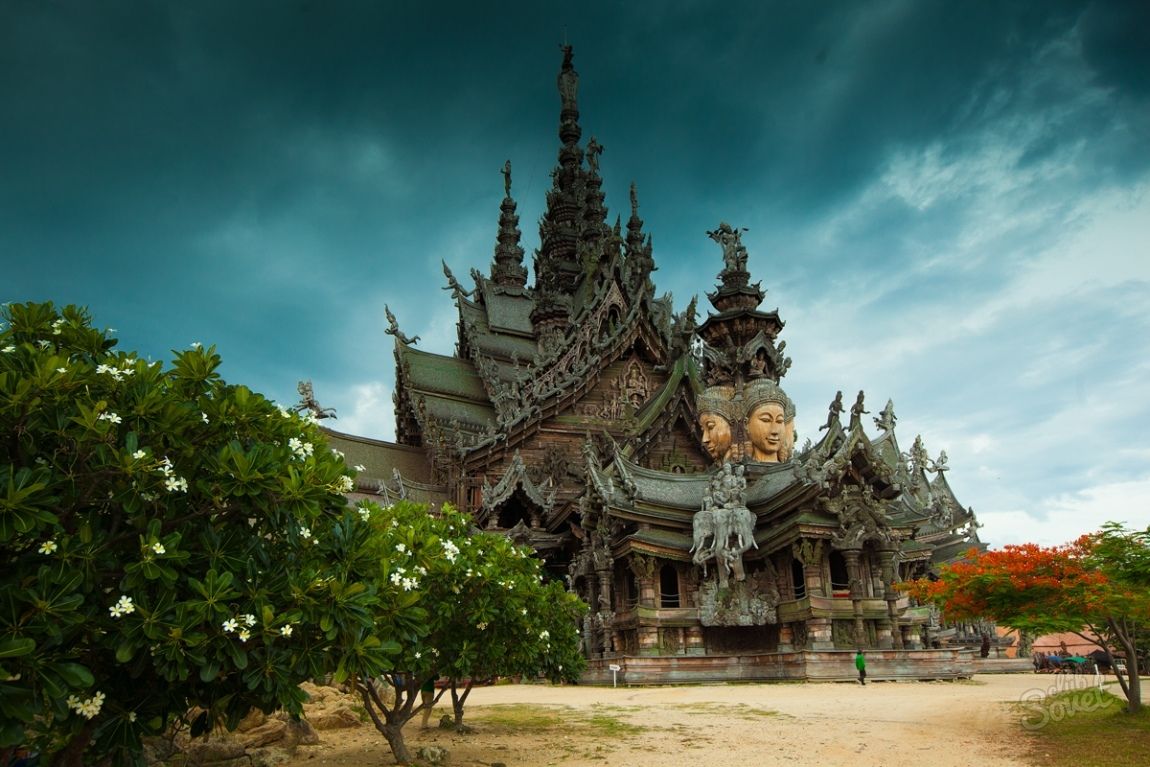
2
Traditions and Etiquette
Thai color is multifaceted, and some features of the culture cannot be ignored:
- Thais know: it is strictly forbidden to express discontent, complain and insult the royal family. There were situations when people were sent to jail for such liberties..
- Handshake not accepted. The wai gesture is used as a greeting. This is when the palms touch at the level of the nose. And the higher the hands rise (for example, at the level of the forehead), the higher the rank and status of the person to whom the appeal is addressed. As a rule, the youngest is the first to say hello by status or age.
- Temples should be visited in decent clothes. Men should wear a shirt and trousers, and women should wear a skirt on the floor and be sure to cover their shoulders. Know, before entering the shrine you need to take off your shoes.
- It is also customary to remove shoes at the entrance to the owners’ house and some shops. If you don’t know where this rule applies, then see if there are slippers near the door where you are going..
- It is not permissible to raise your voice in Thailand, even if you have been wronged, angered, or acted unfairly. You can’t solve the problem with screams – take note of this rule.
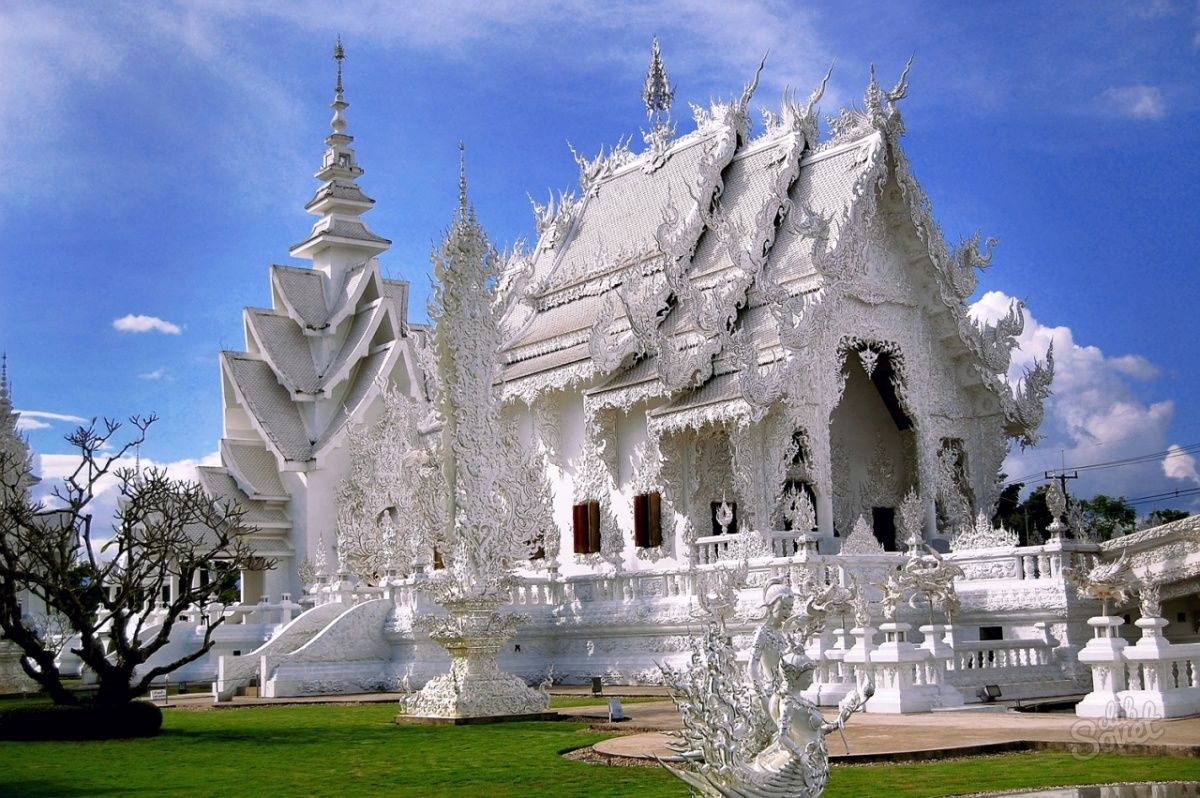
3
sights
To the west of Bangkok, near the village of Nakhonpathom, there is the highest Buddha statue – Pra-Pathom Chedi, 127 m high.

Near the village of Kanchanabury there are the “Death Road”, known for their sad past, and a bridge over the Kwai River. These structures were erected during the Second World War. Here, nearby, the best exposition of the country – “Rose Garden”.
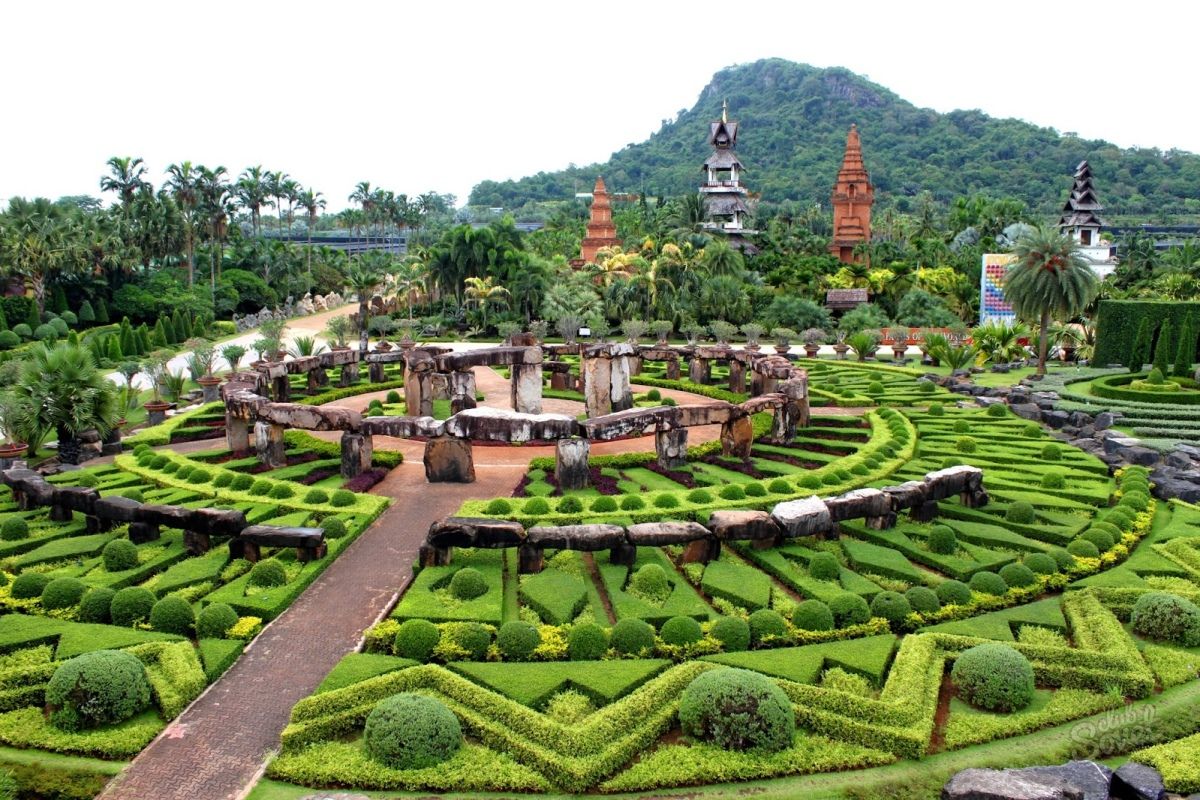
The north is little studied by tourists. These places are considered the zone of origin of Thai civilization. Here, the most dense tropical forests, beautiful waterfalls, magnificent national celebrations are saturated with the color of the local population, dozens of ancient historical villages and temples.
The real mystery is the city of Mae Hongson, where the temple is located, the walls of which are covered with ancient paintings. The city’s markets are filled with souvenirs from Laos and Burma, made by craftsmen of northern tribes..
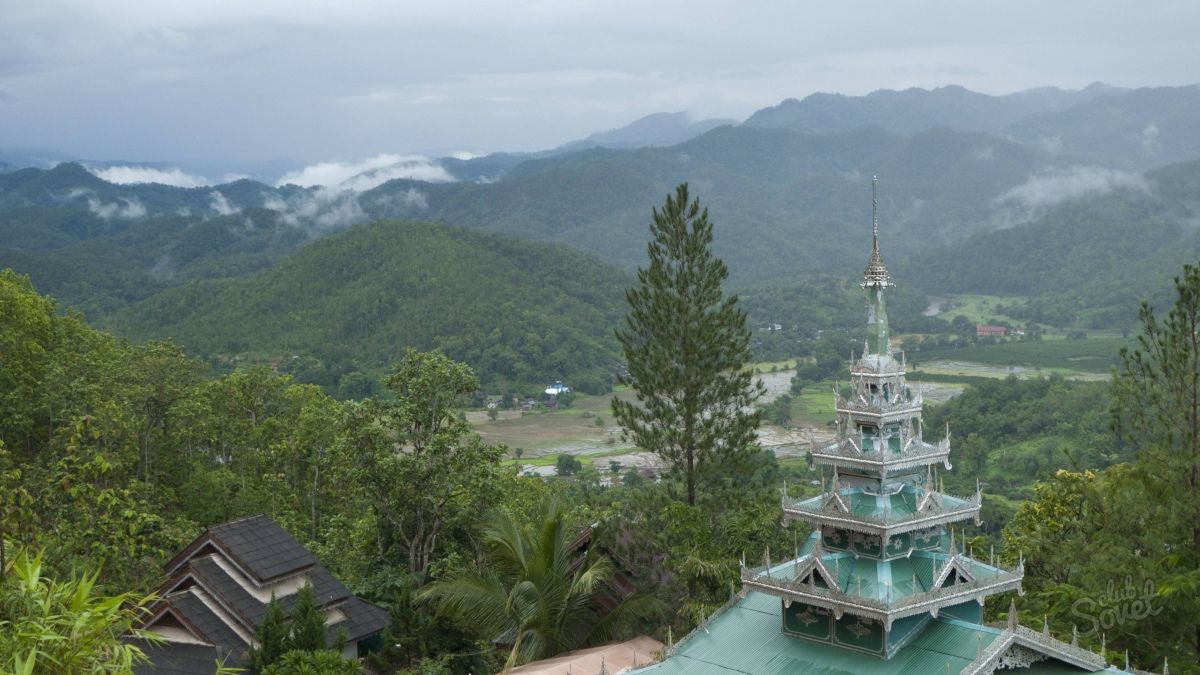
Outside the city, you can see the “Golden Triangle” – a mountainous area, densely planted with forests on the border with Burma and Laos. This area is also called the “cradle of Thai civilization”, because this place is the womb of the birth of the first independent local states.
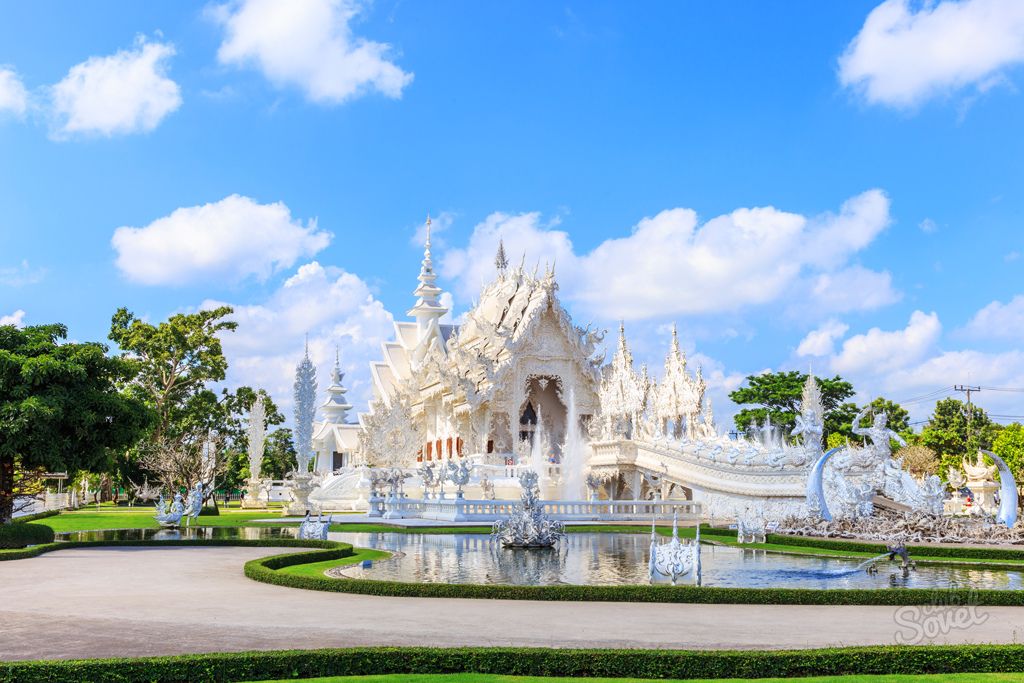
The resort city of Pattaya annually receives more than 5 million tourists. The main attraction is the largest tiger zoo, which is inhabited by about 400 representatives. Nearby is a crocodile farm, where thousands of giants live in a natural environment.
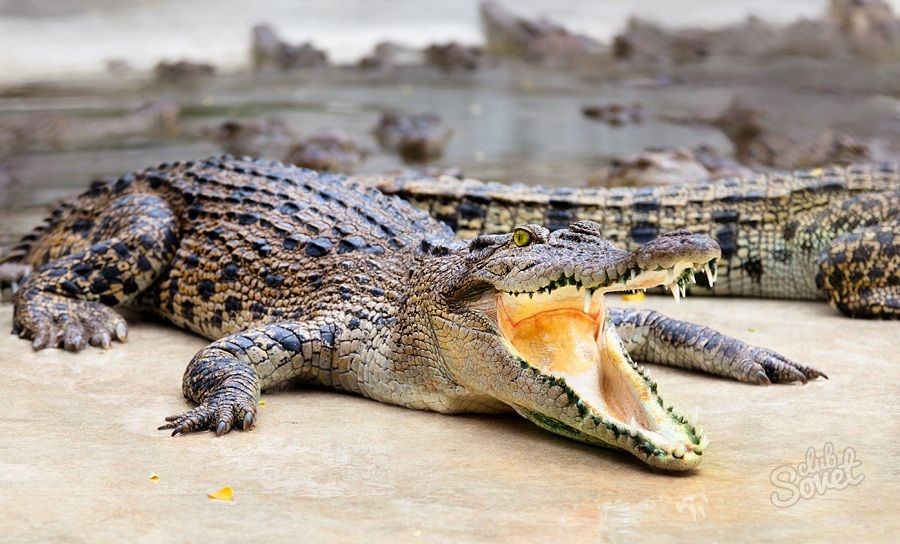
4
Souvenirs
You have probably heard that in Thailand you can buy jewelry. For example, in Pattaya, a sightseeing tour program includes visits to jewelry stores. Buy gems if you are good at them, often tourists are deceived. No need to choose products from street vendors, even if they ask for a ridiculous price.
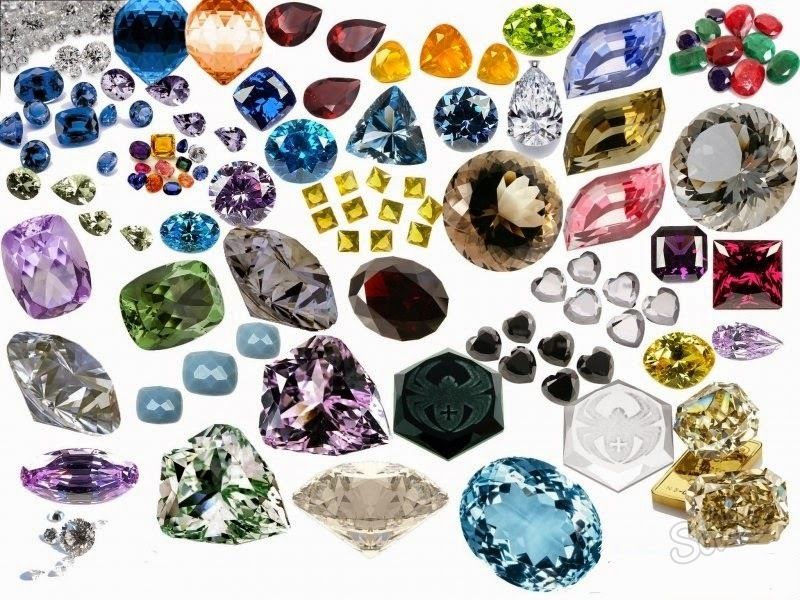
Do not buy fakes on clothes, shoes, bags and haute couture accessories – they can be confiscated at customs. The most common Thai souvenir is an elephant, because it is a symbol of the country. It can be cute figures, figurines, plates with the image of animals, panels. Most often, all these products are made from teak trees, which are specially grown on plantations..
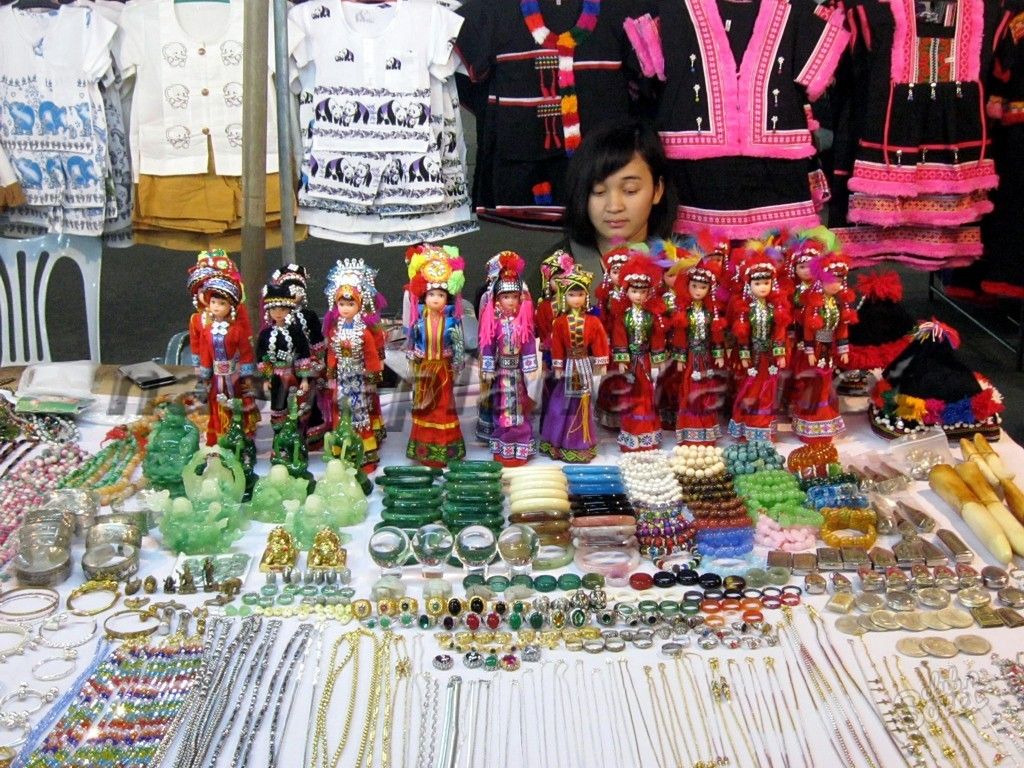
Pay attention to Thai ceramic teapots. Previously, they were in demand among tourists from all over the world. It is believed that these products purify water. Residents of the north-eastern part of the country prefer to make souvenirs in the form of colored pots, dolls and jewelry. In the north, green porcelain and celadon are used as raw materials for souvenirs. In Thailand, the manufacture of silver souvenirs is widespread. In particular, you will see caskets, bowls, vases, cigarette cases in a vintage look on the window.
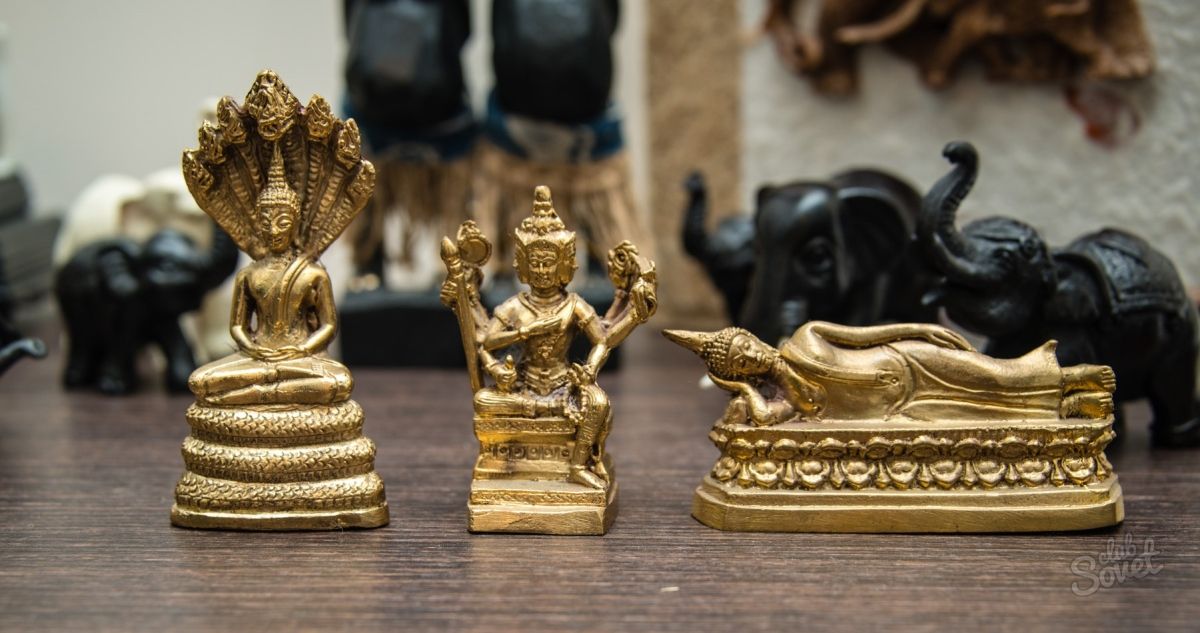
5
Cuisine and restaurants
Thai cuisine is unique. The specificity of cooking comes from climate and culture. For example, the tropics and the sea coast dictate the widespread use of spices, herbs, fruits and seafood. Population migration and interconnection with other peoples were reflected in the way of processing and cooking products.

Rice is considered the main daily product, however, preferences regarding the variety are different in each of the regions of the state. The second most important component is the curry spices, which are preferred to be boiled in coconut milk. Many dishes are based on noodles, particularly rice. Meat is a delicacy, Thais eat it little on holidays, because income does not allow.
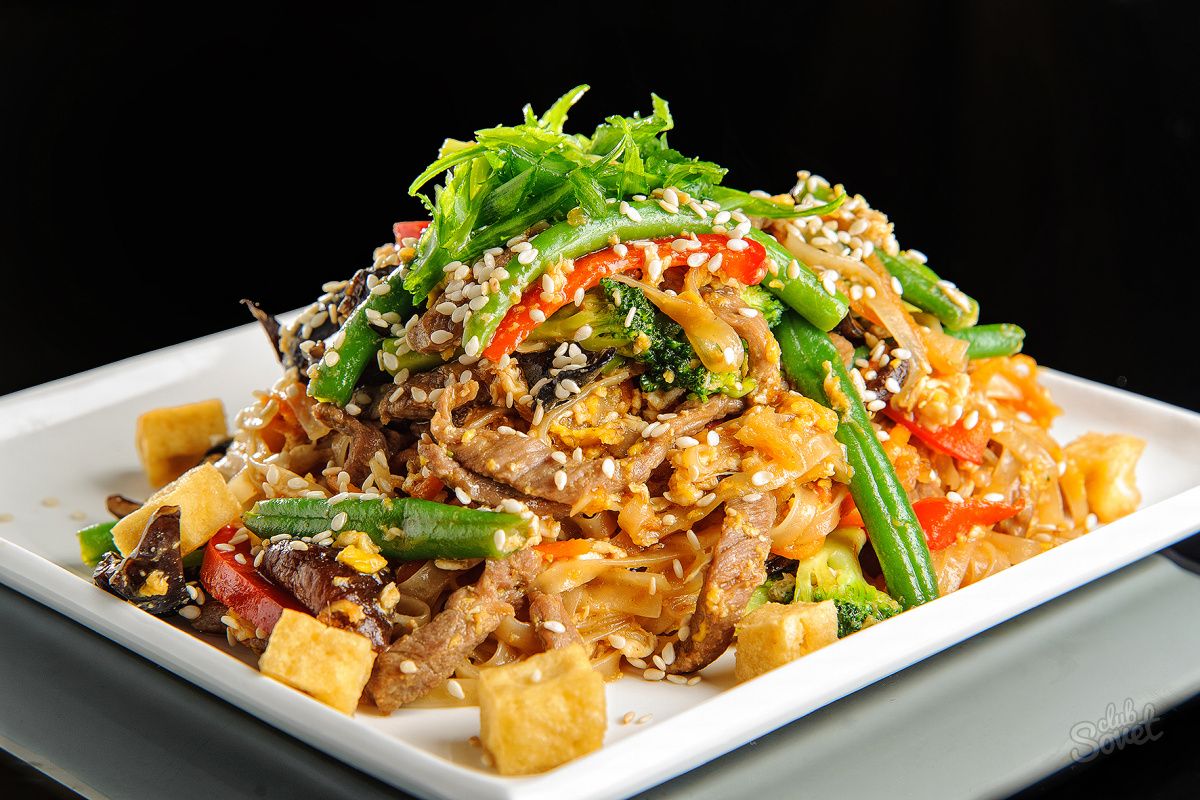
From the first courses, be sure to try Tom Yam and Tom Ha Kai shrimp soup with mushrooms and chicken. Try to eat in hotel restaurants, where hygiene standards are most close to those required. Do not drink ice drinks on the beach or in cheap eateries – the water in Thailand is not very clean. Remember that many dishes of the local cuisine can be unusually sharp. Therefore, if you do not accept the excess of characteristic ingredients, inform the waiter about it.
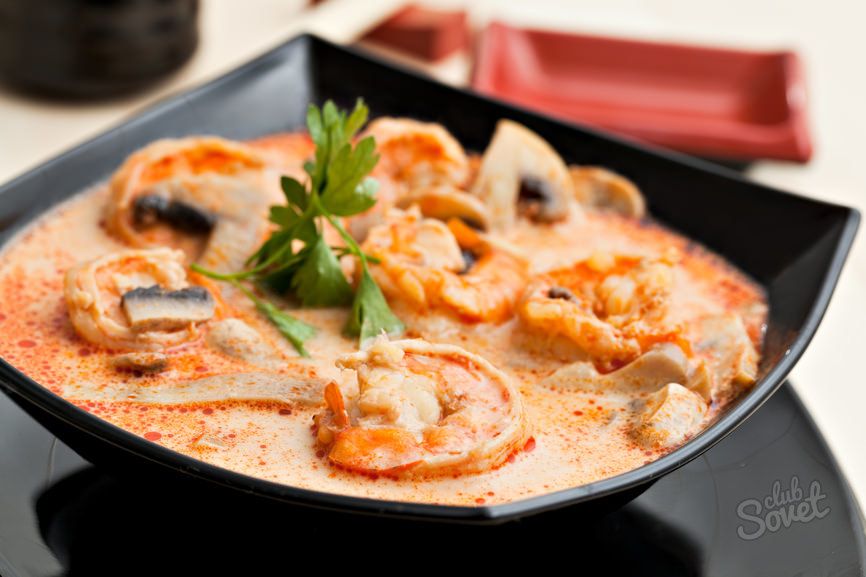
6
Ways to save
When shopping, bargain. This brings pleasure to the Thais, and they willingly reduce the price. The southern islands, including Pattaya and Bangkok are invariably expensive resorts. If you are limited in finances, choose more budgetary directions..

Try to eat the masterpieces of local cooking. For example, at the cost of one pizza is equal to 5 Thai dishes. You do not have to worry about the quality and freshness of products; here, cooking is treated with reverentness and soul.
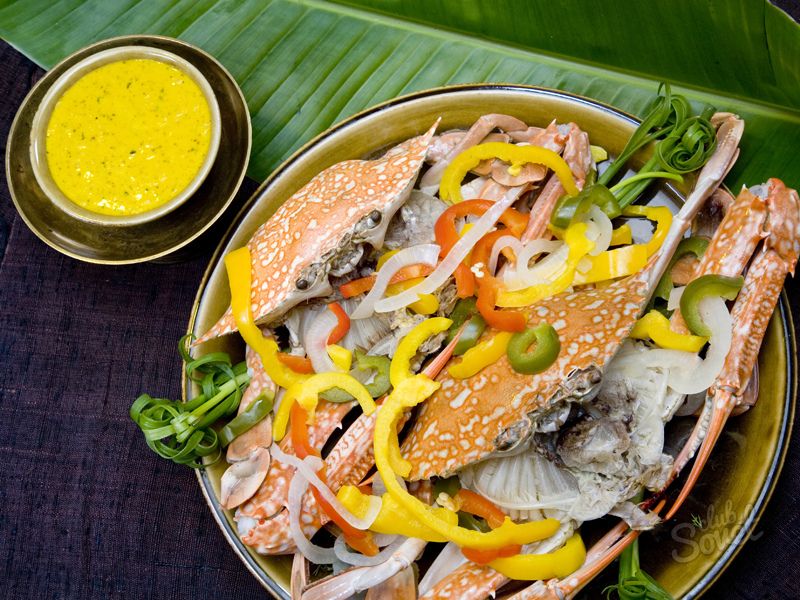
Travel long distances by public transport. To do this, you need to find out the route and schedule of the bus or coordinate it with the driver. In addition, for 7-10 dollars a day, you can rent a scooter.
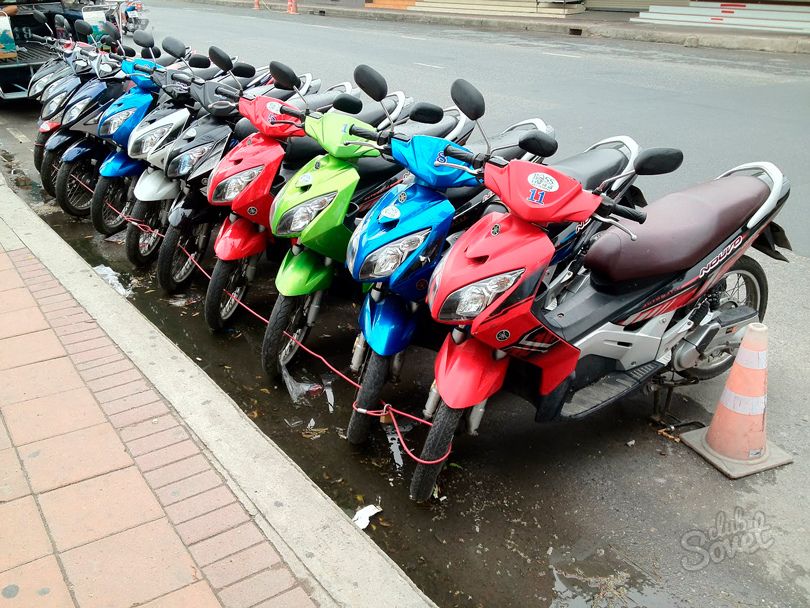
7
Safety
Thailand is considered one of the safest countries in Asia. The government cares about the safety of tourists, because the proceeds make up the bulk of the state budget. On the part of the human factor, there may be minor thefts of yard thieves. On the part of the natural factor, beware of insect bites and avoid swimming in the sea in stormy weather. Green and red flags are displayed on the beaches, which indicate the degree of risk. Red is a warning of a possible threat..
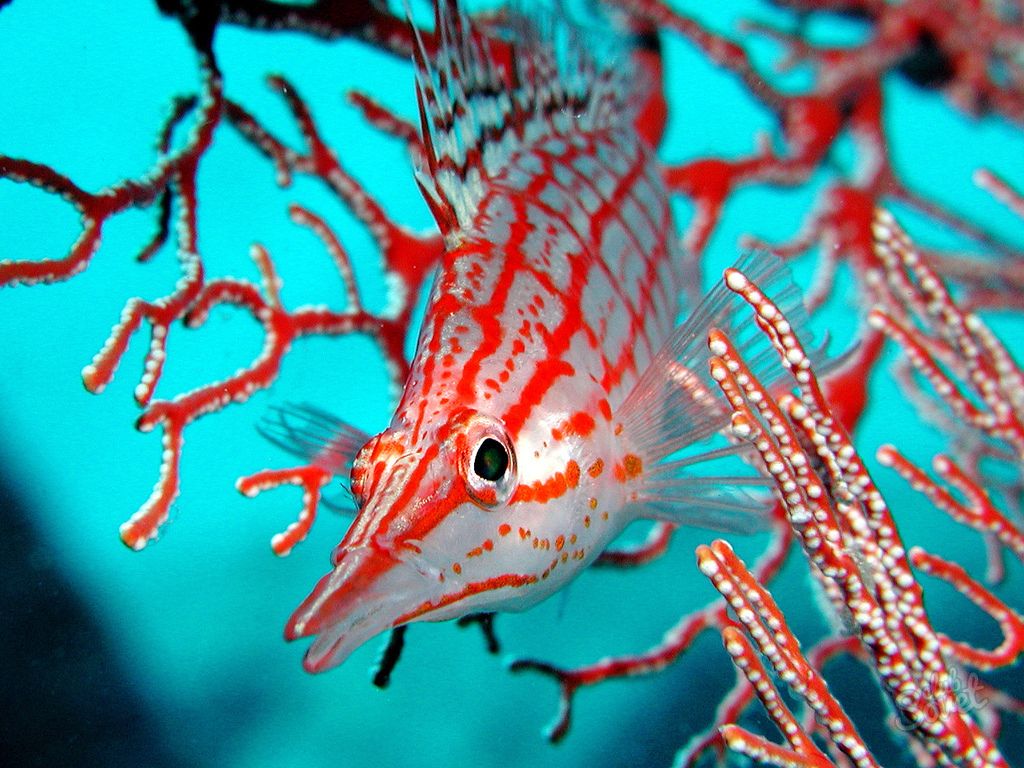
Great danger poses scuba diving. The multifaceted world of colored fish and other amazing inhabitants attracts divers, but remember that among them there are many dangerous representatives of the flora. Remember the rule: do not touch anything!








